Recently, one of our dedicated readers reached out to us to say hello and connect, which is part of what the plein air community is all about. Allow me to introduce you to John Killmaster, who kindly took the time to answer a few questions about his artistic journey so that you can be inspired in yours.
Q&A with John Killmaster
Cherie Dawn Haas: How has the plein air painting movement changed since you first began?
John Killmaster: My first plein air art was made in 1948, so at that time I knew nothing about plein air, or for that matter, art in general. Of course, in other places artists were painting outdoors, but where I was in upper Michigan, there was no information about something called “plein air.”
CDH: What mediums do you use, and why?
JK: I primarily use acrylic outdoors because I work large and complete the painting usually in one session. Also, I don’t enjoy transporting a wet painting.
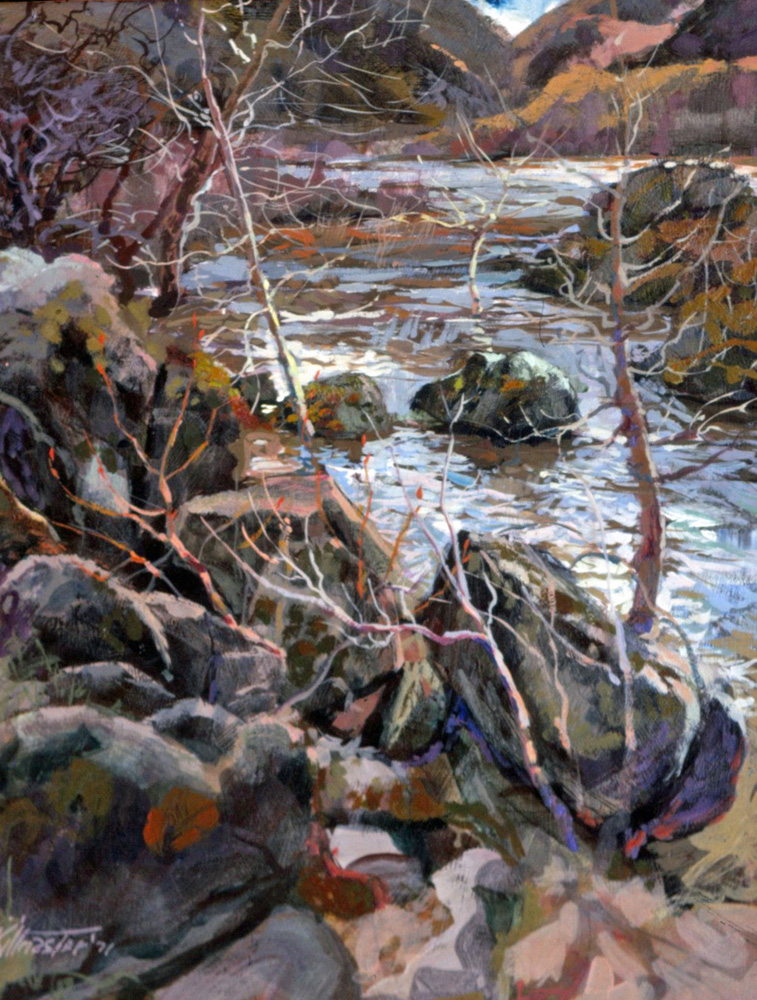
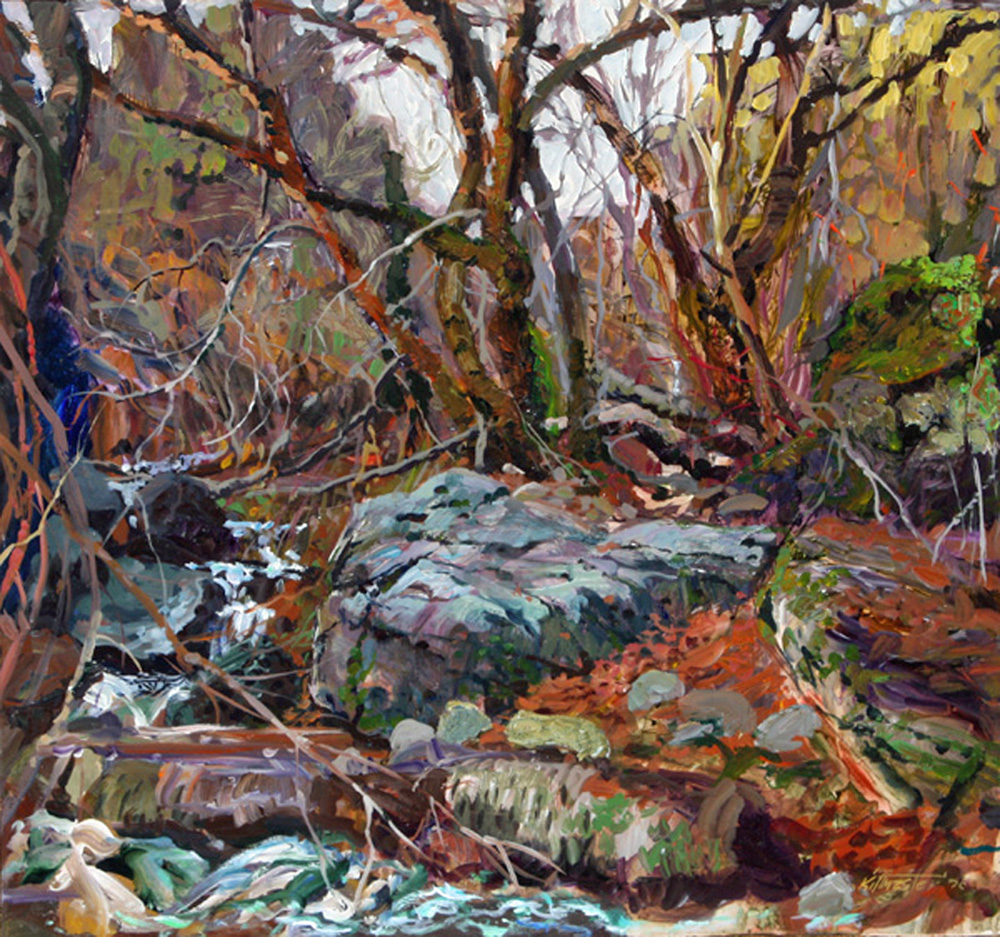
CDH: On a related note, what are your favorite art supplies (brushes, colors, etc.)?
JK: I use large watercolor brushes in the early stages of the painting, as if I was doing a watercolor. Then I employ oil bristle brushes and thicker paint and do detailing with pointed small brushes. I paint on Masonite for convenience, but sometimes stretched canvases and paper.
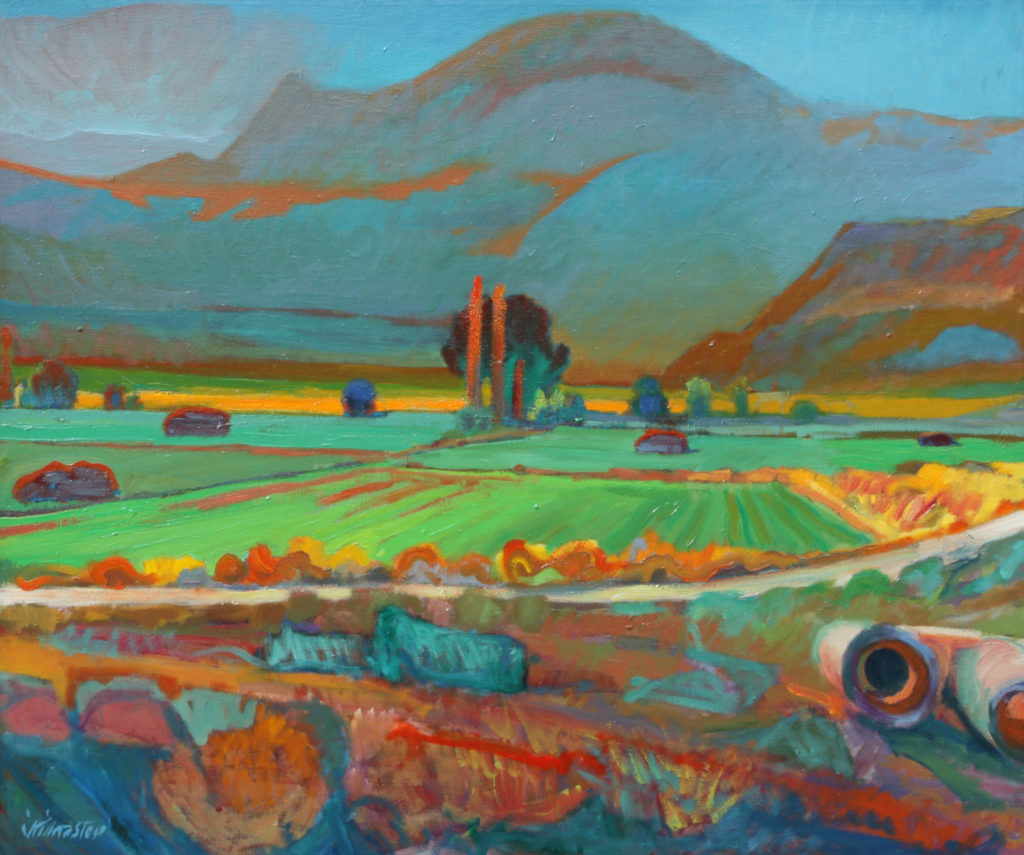
CDH: How has painting en plein air influenced your life?
JK: As a college painting professor I set myself as an example of a plein air painter in the 1970s and beyond by taking students to the nearby rocky mountain ravines and hills, which were only a mile or two away in Idaho and backed-up by the Boise mountain range. This was challenging for the students, and I painted along to be an example to them and show them what to look for in nature. After class some of the students and I ranged further into the river valleys and painted until sundown. I spent my summers in the mountains, camping and painting. My plein air production was almost equal to my studio work, and my fellow painting art department members would go on excursions to paint some of the old mining ghost towns. One of my plein air paintings was exhibited at the Smithsonian’s National Museum of American Art in Washington DC.
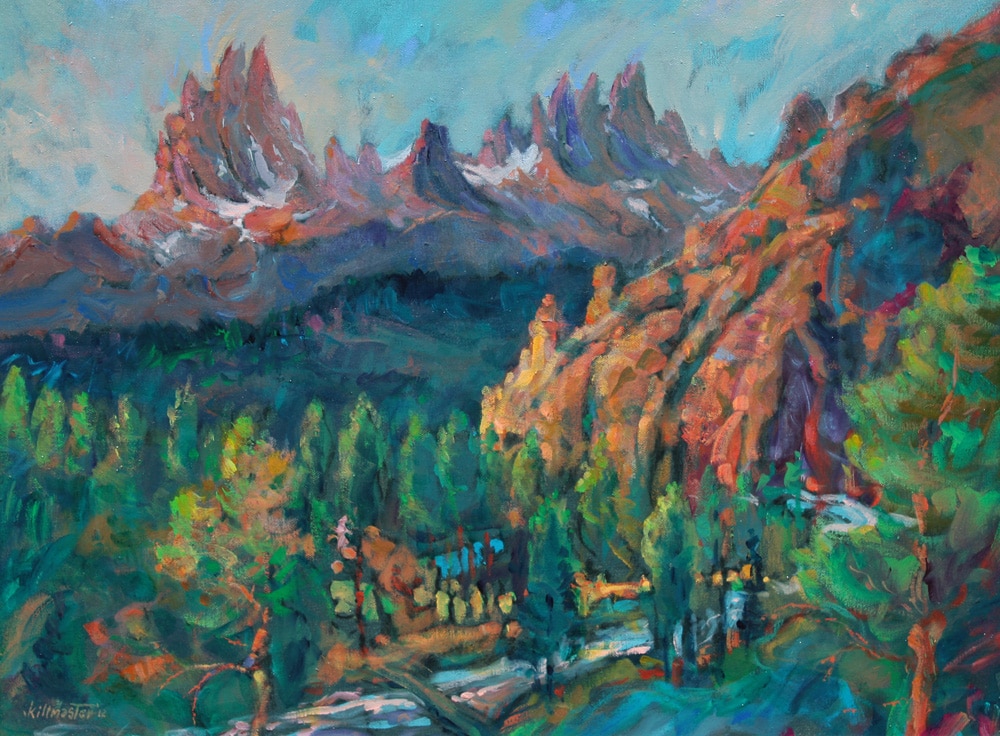
CDH: Tell us about some of your most memorable painting experiences.
JK: When camping near Sun Valley, I walked across an old rickety log bridge to get to the other side of the Salmon River (the River of no Return) and I sort of discovered why it’s called that. The bridge was in the act of falling apart as I walked; pieces were falling off as I touched them. However, I made it across, intent on climbing the hill to see the Sawtooth Mountains who were waiting to have their portraits painted. After painting, to avoid crossing on that defunct bridge, I decided to chance wading the Salmon River, despite being a poor swimmer. Halfway across, the current strengthened and the river bottom went out of sight, leaving me literally running, somehow churning the water to stay upright and keeping my camera above water along with the waterproof acrylic painting! Intent on saving both, I made it to shore. I also plein air painted in hip-deep snow fighting the cold, freezing my wet brush strokes when the sun hid behind a cloud — but the waist-high snow provided a taboret for my porcelain butcher tray palette.
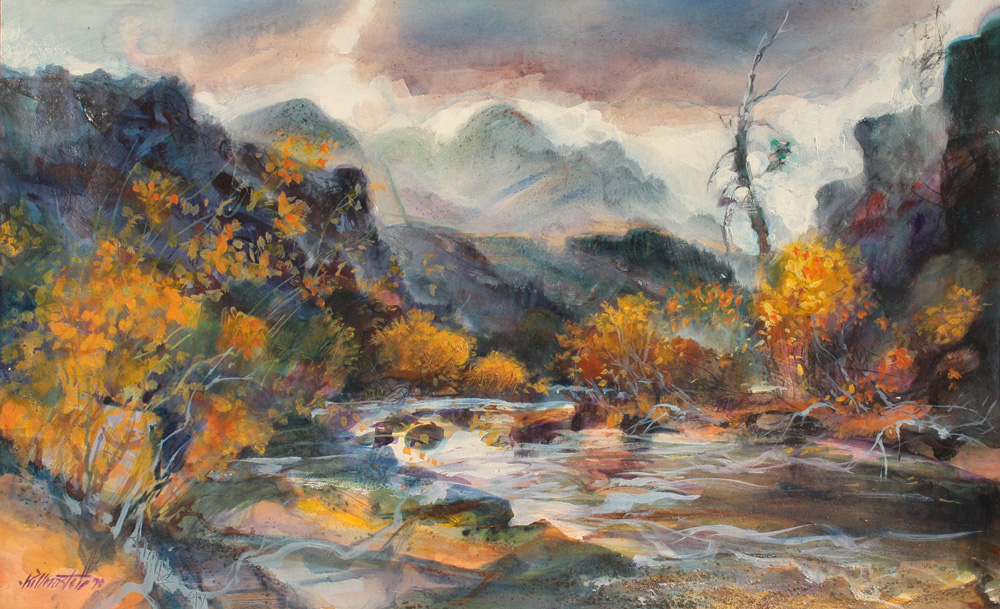
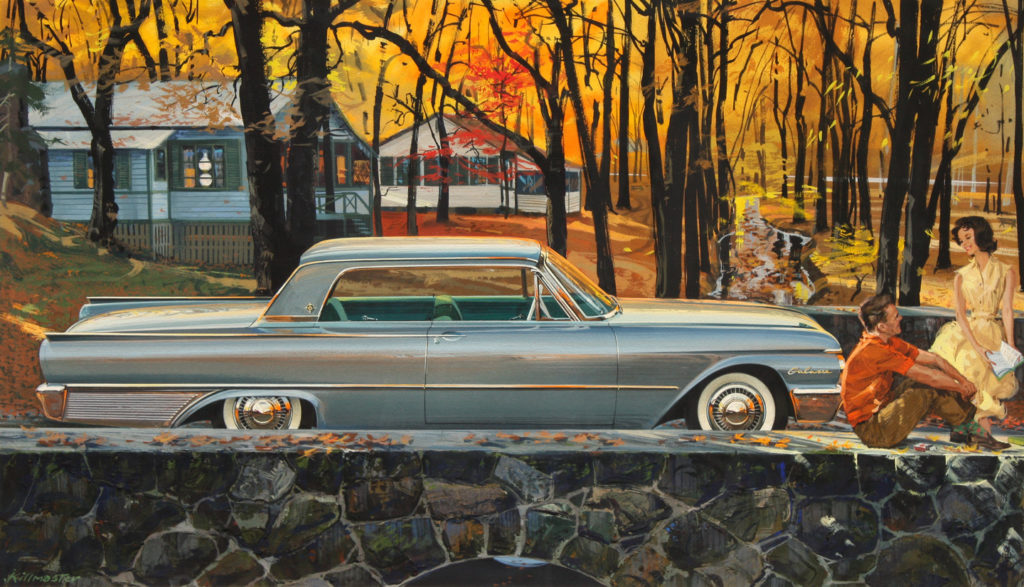
CDH: What advice do you have for those just getting started with plein air?
JK: By challenging the elements, some of your best work will manifest itself during the most trying circumstances! I painted Lake Superior waves as they swirled around my cold legs, even splashing in the painting, lending an authenticity to the work. Another time, 105-degree weather enabled me to paint five large paintings since the paint, drying fast, allowed multiple layered brush strokes, shortening completion time on each painting and creating, for me, a new style.
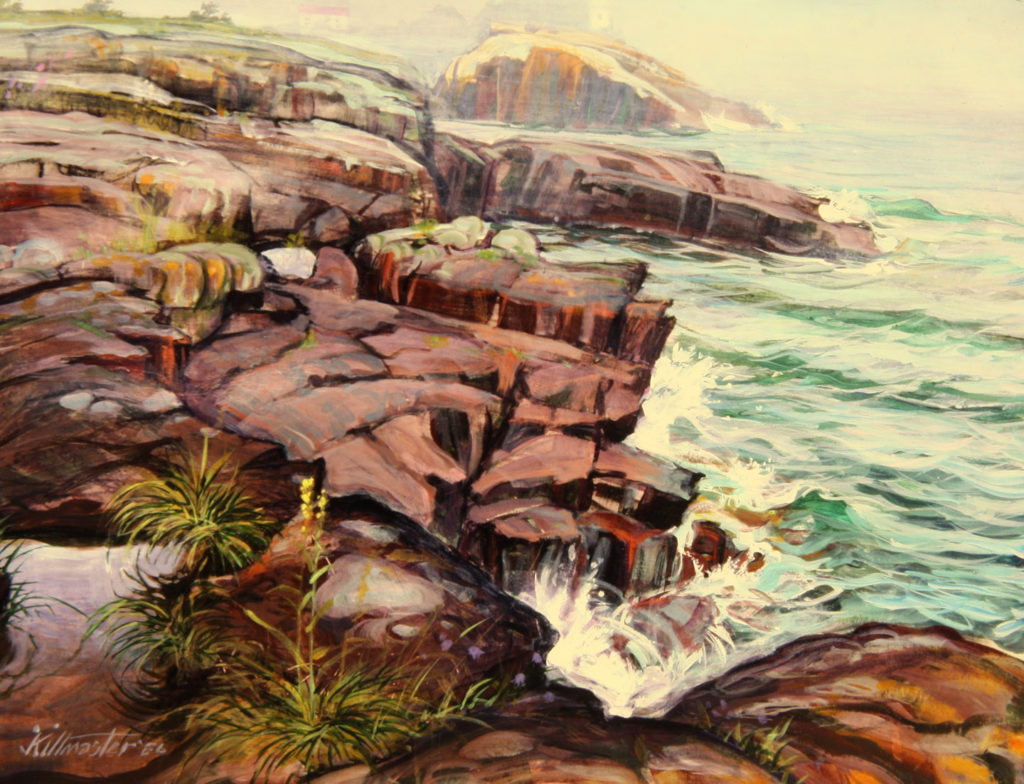
Do you have a plein air story to share with the community? Email us at [email protected] with three to five images and captions, and a few paragraphs about your funny, inspirational, educational, or extreme plein air adventures!

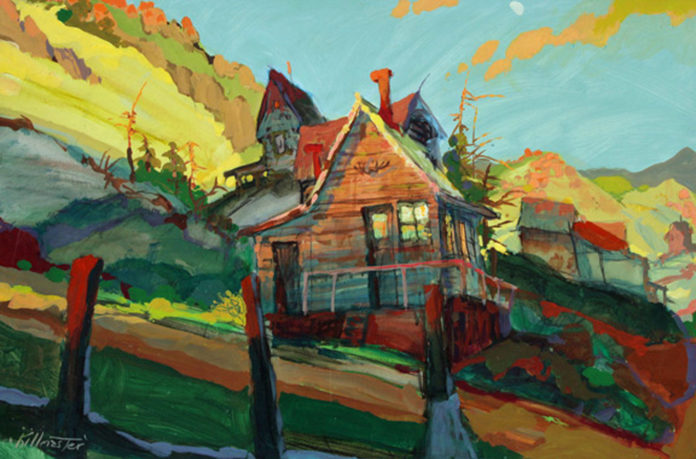
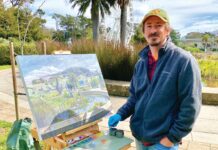
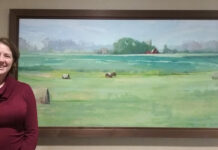
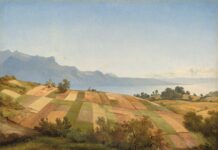
I love John’s work! So many different styles are represented here too. I wish there were years of completion in them. I am very curious which styles are earlier and which are later. Thanks for sharing John’s beautiful work. He has a new fan.